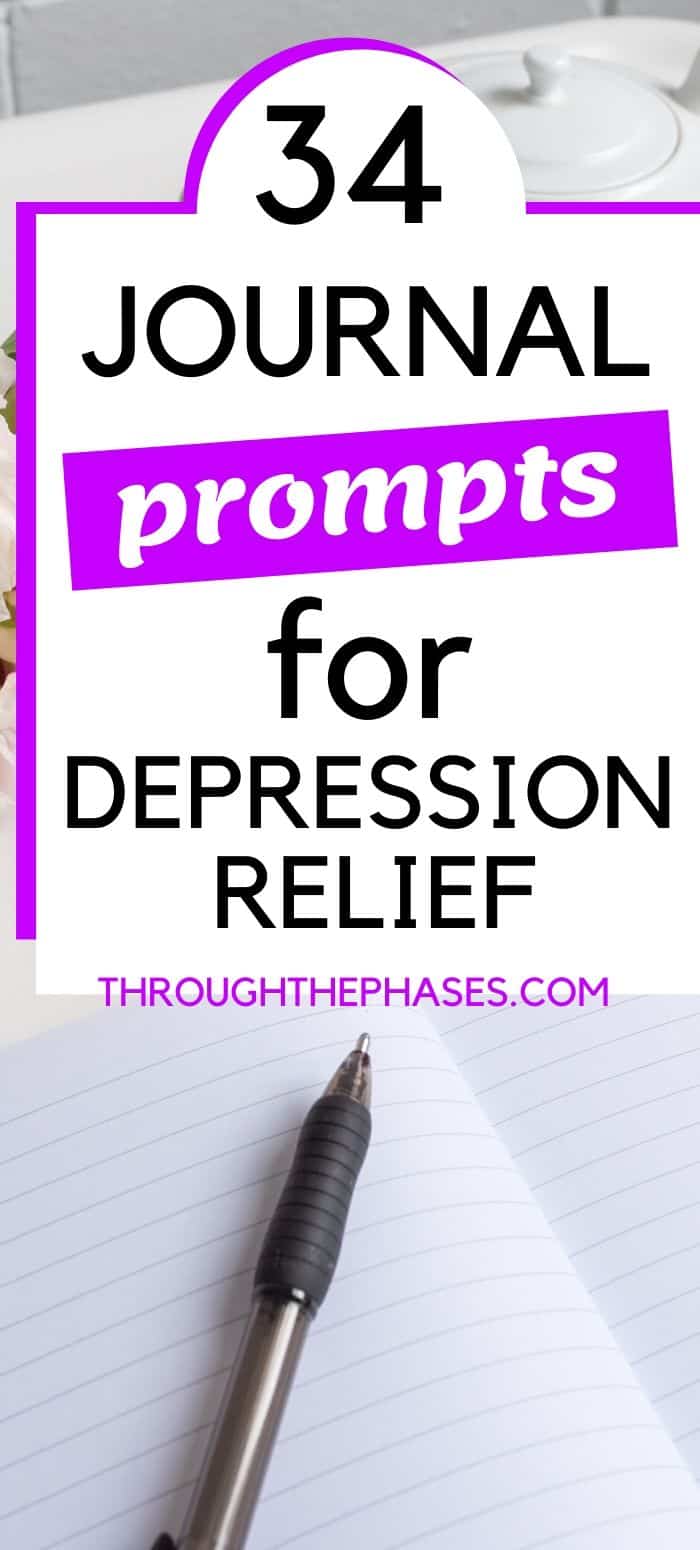


One thing I have learned recently and am thankful for is.These starters are easy ways to remind yourself of all the good that surrounds you (and is within you!). Use them as a guide to get your journaling practice off the ground. "That can help you concentrate and gain clarity around your experience," Lipe says.

It solves the where-the-heck-do-I-begin? problem by honing your focus to a specific topic. So instead, let yourself get inspired by a dedicated question or prompt. But you don’t stumble into a dream life.Play icon The triangle icon that indicates to playįacing a blank page can feel downright daunting, though. “I light a candle and spend an hour with myself,” Ms. The Human Being Journal founders recommend sitting down with their guidebook once a month for a year. Eighty percent of the customers of Therapy Notebooks are women, and 90 percent of Papier’s entire customer base is female.īuying these notebooks isn’t enough to benefit from them, one must set aside the time to reflect. (Oprah Winfrey has her own “The Life You Want” planner going on sale at the end of this month.) So far, women far outpace men when it comes to journaling, at least according to sales figures. Further on, there are questions that are meant to challenge the addressee, such as “How comfortable are you being alone?”Īlready, the Human Being Journal has appeared in Oprah Daily’s Healthy Living Guide on Kourtney Kardashian’s lifestyle site, Poosh and on Lauren Conrad’s gift guide. Created by Genevive Savundranayagam and Sheba Zaidi, who quit their jobs in corporate communications last February to start a company called Mahara Mindfulness, the journal starts with a vision board with different categories, such as career, health, travel and community.

The Human Being Journal, which went on sale last November, offers a similar combination of introspection and goal setting. “There’s space for intentions, sleep and water monitoring, meal planning, tracking your mood.” Papier has sold 60,000 copies of the Wellness Journal. Inside, the journal is “quite directional in some areas, but we leave some space for interpretation,” Ms. “It’s almost like a bridge to doing it with a therapist.” “These guided journals have that extra benefit of focusing the content,” Dr. Wright said, they “increase emotional regulation, clarify life goals, find meaning, and give voice to feelings, which can help construct a meaningful story.” She added that looking back through old journal entries can remind the writer of the times she struggled but persevered.Īnyone who has bought a blank diary in a fit of inspiration and then left it to gather dust knows that spontaneous journaling can be hard to keep up with. When people use writing to express themselves, Dr. A recent review of the scientific literature found that expressive writing can ease symptoms of depression, anxiety and other disorders increase psychological well-being and support resilience and recovery from trauma. Though diary-keeping has been a popular practice at least since the 10th century by women in the Japanese court, its therapeutic effects were first studied by James Pennebaker in 1986. “Wes and I had nothing to do with it,” Varshil Patel, who founded Therapy Notebooks with Wesley Zhao, said of Ms. The company received an early Instagram boost from an admirer: the actress Lili Reinhart, a star of the CW’s “Riverdale,” who has spoken openly about dealing with anxiety and depression. Therapy Notebooks has sold more than 100,000 copies of the Anti-Anxiety Notebook, which retails for $38, since it was released last summer.
Journal prompts for depression how to#
“It’s hard to sift through academic literature to figure out how to deal with your anxiety.” And, he noted, “not everyone can go to therapy.” Hod Tamir, a clinical adviser to the book’s parent company, Therapy Notebooks. “When we were writing this notebook, we were thinking, ‘How do we put tools into people’s hands?’” said Dr. It takes a page, or several, from cognitive-behavioral therapy, featuring work sheets that aim to challenge cognitive distortions - the thought patterns that can make anxiety worse, such as catastrophizing (assuming the most disastrous possibility will play out) or self-blaming (“believing that you are entirely responsible for a negative situation,” as the book's appendix puts it). The Anti-Anxiety Notebook, a tidy blue-and-white volume, is one example. In the current age of self-care and self-optimization - not to mention digital overload - logbooks are resurging, this time as a means of supporting one’s mental health. Over many centuries, journals have served as tools for recording history, as emotional outlets and as creative stimulants.


 0 kommentar(er)
0 kommentar(er)
